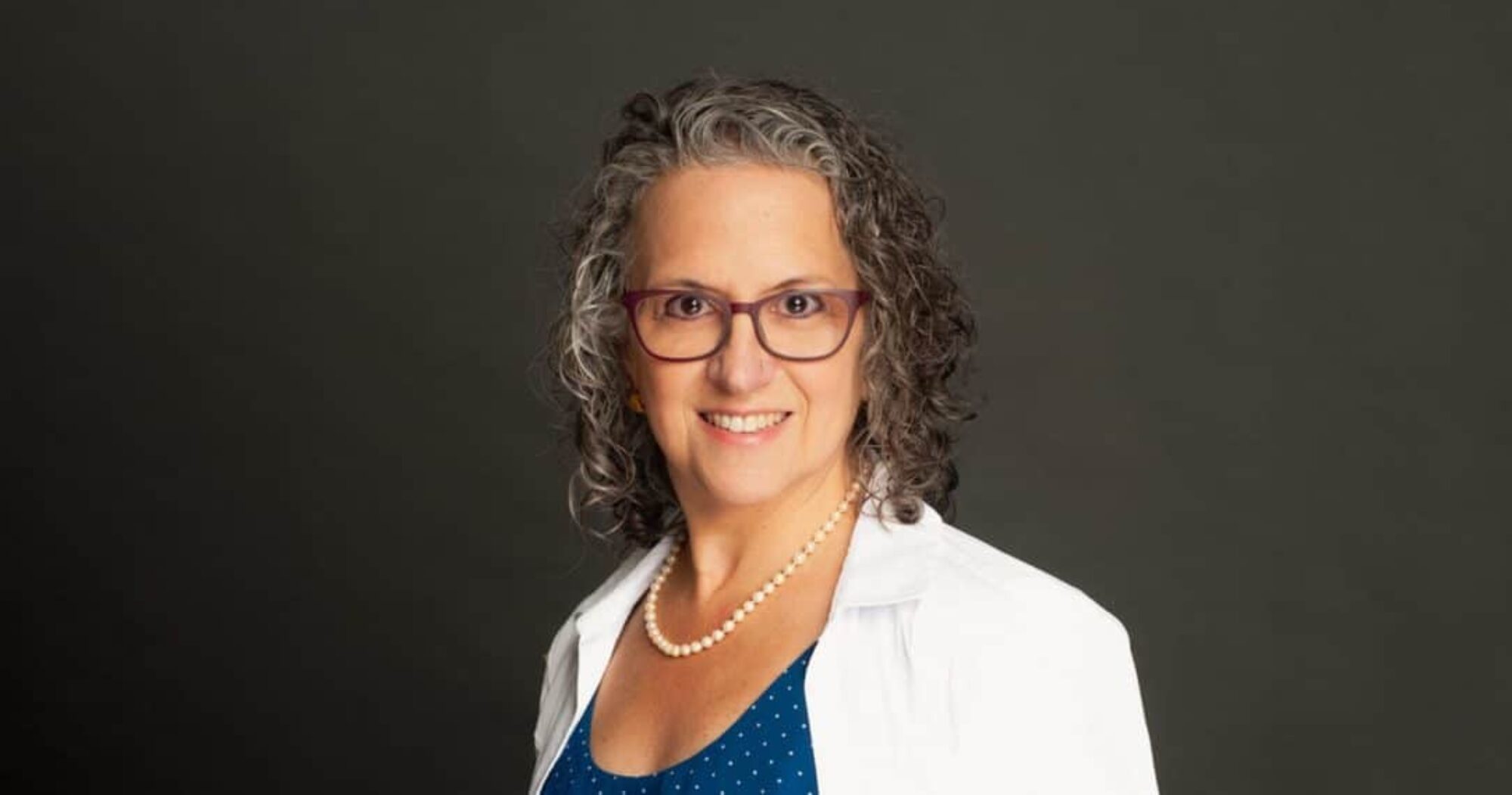People come to me with different goals concerning type 2 diabetes. Many people who have been diagnosed with type 2 diabetes come to see me to help them put their diabetes into remission, so they no longer meet the criteria for diagnosis.
As stated throughout this website and on my forms, I do not counsel people with type 1 diabetes, or with insulin-dependent type 2 diabetes because I am not a Certified Diabetes Educator (CDE).
As explained in this earlier article, the American Diabetes Association has defined partial remission, complete remission, and prolonged remission from type 2 diabetes, as follows;
-
- Partial remission is having blood sugar that does not meet the classification for Type 2 Diabetes; i.e. either HbA1C < 6.5% and/or fasting blood glucose 5.5 — 6.9 mmol/l (100—125 mg/dl) for at least 1 year while not taking any medications to lower blood glucose.*
* some studies such s those from Virta Health define partial remission as a HbA1C < 6.5% and fasting blood glucose ≤ 5.5 (100 mg/dl) while taking no medication, or only generic Metformin.
-
- Complete remission is a return to normal glucose values i.e. HbA1C <6.0%, and/or fasting blood glucose < 5.6 mmol/L (100 mg/dl) for at least 1 year while not taking any medications to lower blood glucose.
-
- Prolonged remission is a return to normal glucose values (i.e.
HbA1C <6.0%, and/or fasting blood glucose < 5.6 mmol/L (100 mg/dl) for at least 5 years while not taking any medications to lower blood glucose.
- Prolonged remission is a return to normal glucose values (i.e.
Complete and prolonged remission can be achieved after bariatric surgery such as the roux-en-y procedure, and partial remission and complete remission have been documented with dietary and lifestyle changes, including a very low calorie diet and a very low-carbohydrate (ketogenic diet). To date, there is limited long-term data of 5 years or more documenting prolonged remission with dietary and lifestyle changes alone, although there are case studies.
I support people with a wide-range of goals when it comes to diabetes through my long-standing general dietetic practice, BetterByDesign Nutrition.
-
- Some people come to me with a diagnosis of pre-diabetes, wanting to implement dietary changes to avoid getting type 2 diabetes.
- Others come to me once they are diagnosed with type 2 diabetes, wanting to control their blood sugar level through dietary changes and avoid complications.
- More and more come to me after diagnosis to have me help them put the disease into remission.
These are each valid goals.
Those who know that remission of type 2 diabetes is possible find it difficult to understand that not everyone with type 2 diabetes wants to do that. Some people simply don’t know that this is a possibility — believing that the disease is automatically both chronic (long-term) and progressive (getting worse with time). This type of situation allows me to explain to them that type 2 diabetes can be put into remission, and the different ways that I can support them in aiming to achieve that.
Other people may simply want to ‘manage’ their blood sugar levels to keep them from getting higher to avoid complications. They don’t want to have normal blood sugar, but just want to minimize erectile dysfunction, avoid losing toes, or going blind. These people have every right to choose these goals and to be supported by their healthcare team, including me, in meeting them. I will make sure that they know that it is possible to achieve remission (because many don’t know), but if they don’t want to make the significant lifestyle changes required, then I will help them manage their diet to keep their blood sugar from getting higher.
Since type 2 diabetes is, in essence, end-stage carbohydrate intolerance, the amount and type of carbohydrate on each person’s Meal Plan that I design focuses on specific types and amounts that don’t contribute to high blood sugar.
The reason that the byline of my dietetic practice is “Nutrition is BetterByDesign” is that every Meal Plan needs to be designed for the individual. A person who doesn’t eat meat for religious, cultural, or ethical reasons, for example, needs to have an individual Meal Plan that helps them achieve their health goals — in the same way that someone who eats meat.
Those who choose to live with diabetes have just as much right to dietary support to meet those goals as someone who desires to seek remission from diabetes.
Individuals have different goals and various needs. People are also at different stages of change when it comes to having type 2 diabetes. Some may start with wanting to manage their symptoms, and only later arrive at a point where they want to seek remission. If and when they do, I support them in doing that.
This is why I do, what I do, the way I do.
Please let me know if I can help.
To your good health!
Joy
You can follow me on:
Twitter: https://twitter.com/JoyErdile
Facebook: https://www.facebook.com/BetterByDesignNutrition/
Copyright ©2021 BetterByDesign Nutrition Ltd.
LEGAL NOTICE: The contents of this blog, including text, images and cited statistics as well as all other material contained here (the ”content”) are for information purposes only. The content is not intended to be a substitute for professional advice, medical diagnosis and/or treatment and is not suitable for self-administration without the knowledge of your physician and regular monitoring by your physician. Do not disregard medical advice and always consult your physician with any questions you may have regarding a medical condition or before implementing anything you have read or heard in our content.

